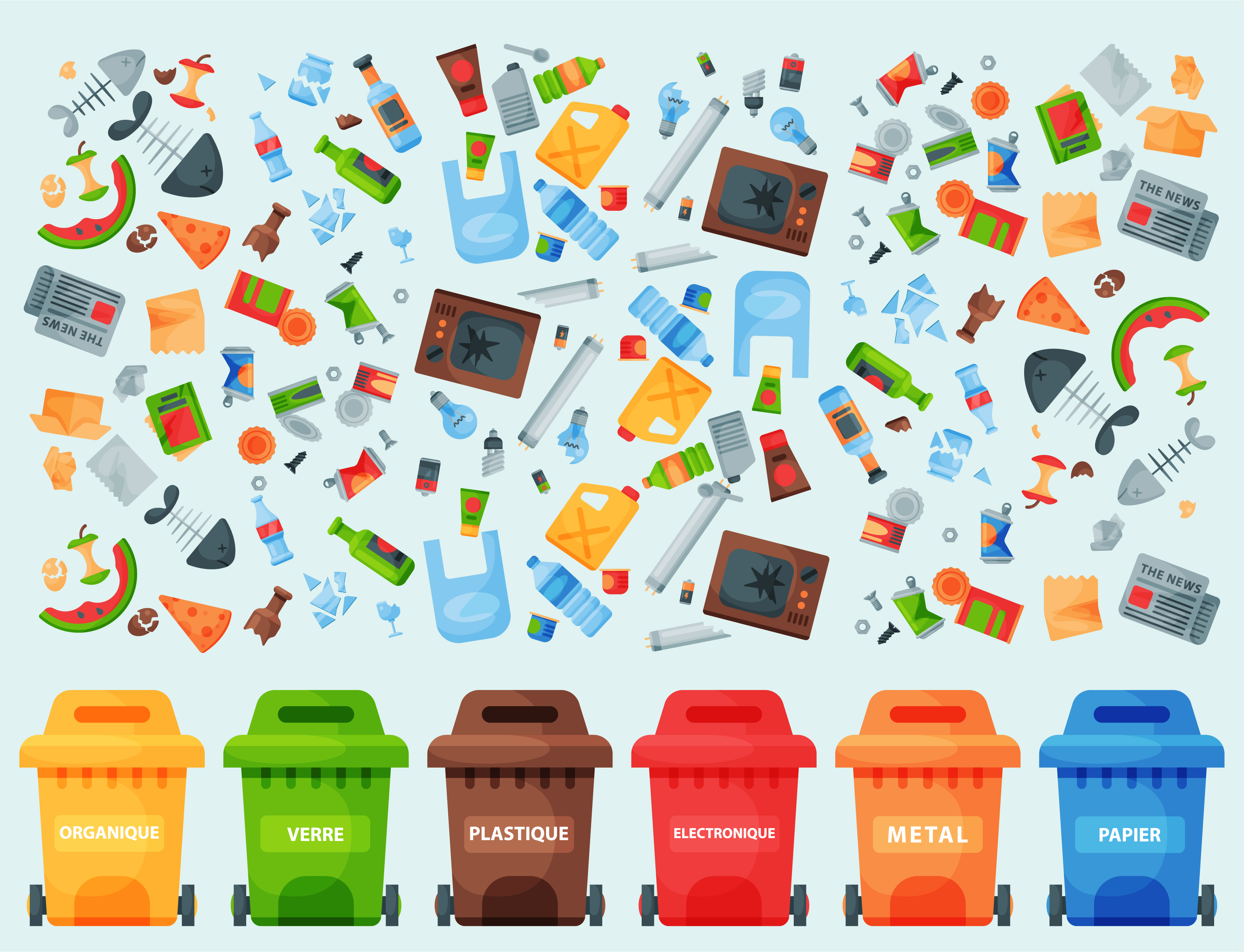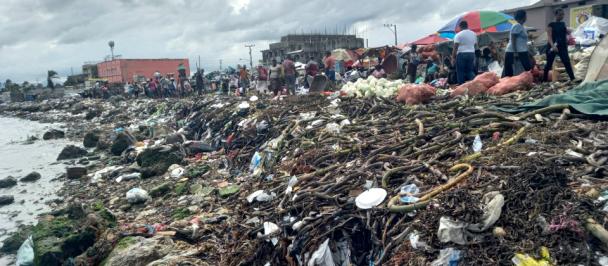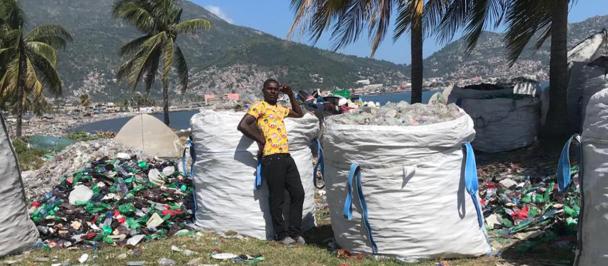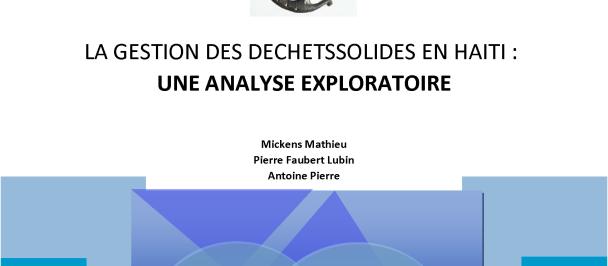By Mickens Mathieu, UNDP Haiti AccLab Head of Exploration
Source sorting, management, and recovery of solid waste in Haiti: ideas to create sustainable jobs and preserve the environment
9 décembre 2021
Photo: AdobeStock
The large urban centers of Haiti, in particular the Metropolitan Area of Port-au-Prince (MAP), Cap-Haitien, and Les Cayes, have a very poorly organized collection and management of waste, particularly solid waste. This is evidenced by the piles of garbage that litter the sidewalks, street corners and public markets. Available data on this issue shows that of the 11 million inhabitants of Haiti, 56% reside in urban areas, the rate of solid waste production is around 0.6 kg per person per day, while the collection rate of this waste is around 12%, according to World Bank Group (2018). Based on these figures, it can be quickly understood that about 6,000 tons of solid waste accumulate daily in the country, especially in urban centers, without being able to be collected by municipalities and private sector actors. The underlying causes of this situation are multiple and complex. We can cite, for example, the deficits in material, human and financial resources of municipalities and private companies involved in this sector.
The consequences of this waste on the environment, the health and the tourist sector of the country are indisputable. Nevertheless, this waste that complicates the life of Haitians is a huge source on which private companies in both formal and informal sectors could capitalize through activities of collection, transport and sale of recycled and non-recycled objects.
Source sorting is an essential step in the recovery of solid waste. During the workshops led by the UNDP Acceleration and Innovation Lab during the month of July 2021 to exchange ideas and reflect on the situation, the stakeholders (experts, business leaders, project leaders, members of community organizations, heads of households) involved in the field of solid waste management in Haiti widely shared this point of view. According to these actors, sorting should be integrated into the daily practices of Haitian households and institutions if an effective solid waste management and recovery system is to be put in place.
Understanding source sorting
Source sorting consists of separating waste from its place of production according to its nature before it is collected by the operators. Sorting can also be carried out using bins installed in places pre-established by the authorities, in particular on public roads, in public markets, in recycling centers, among others.
Sorting at source, creating jobs and protecting the environment
There are a variety of reasons for sorting waste at the source. First, this type of sorting favors an increase in the quantity of recovered waste. In this way, specialized companies can more easily find the necessary inputs for their waste recovery activities through recycling, composting, energy production, direct reuse and storage for resale. As a consequence, this simple act will have positive effects on the operation, business creation and job generation along the solid waste management value chains. For example, a country like Sweden generates more than 50 million dollars per year by setting up a system for the management, sorting and recovery of waste generated by its population [1].
Second, source sorting helps prevent the soiling of recyclable waste and at the same time reduces the loss of time, resources and energy allocated to this activity. As a result, it reduces the costs of waste treatment and recovery at company level.
Third, source separation contributes to the saving of natural resources, insofar as recycled items can be a valid replacement for the original products. This point of view assumes that the waste that arrives jumbled up in landfills, ravines and sidewalks is a waste of resources.
Fourth, sorting helps to improve the quality of the environment, the living environment and the health of the population. This opinion is justified through its impact on the reduction of illegal dumping. Sorting and recycling activities contribute to the reduction of activities directly linked to the extraction, transportation and use of natural resources (wood, sand, minerals, crude oil) that affect the planet and our environment.
Ideas for better sorting at the source
The stakeholders who participated in the workshops organized by the UNDP Acceleration Lab proposed to rely on a community communication strategy targeting public places (schools, churches, public markets, etc.) in order to raise awareness and educate the population - all generations included - on simple and inexpensive methods to sort the solid waste generated. They recommended the installation of four labeled garbage bins, of different colors, each dedicated to one or more specific types of waste: biodegradable, solid (glass, plastic or metal), radioactive, paper, etc. The stakeholders' proposals are based on experiences observed in other countries around the world and take into account a series of constraints observed on the national territory.
- Gray garbage bins, intended for the collection of food waste;
- Yellow garbage bins, reserved for cardboard waste, plastic packaging, cans, spray cans.
- The blue garbage bins, intended for storing paper waste, newspapers, magazines
- The green garbage bins, reserved for glass waste.
Wherever possible, waste garbage bins can be installed in appropriate spaces within households, institutions or in collection points close to communities. The laboratory invites state and civil society actors to implement actions towards the implementation of these measures in order to better valorize waste, protect the environment and improve the living environment of the national population.
Bibliography
World Bank Group (2018), "What a Waste 2.0: A Global Snapshot of Solid Waste Management to 2050," Urban Development Series. Washington, DC.

 Locations
Locations
 [1]
[1] 



